Perfect Guide To Create A Good Mascot Logo Design

Source: Dckydesign, Lightning Hawks Baseball Team, Dribbble, https://dribbble.com/shots/18998595-LIGHTNING-HAWKS-BASEBALL-TEAM
Creating a mascot logo design is a strategic endeavor that merges artistry with branding to develop a compelling visual identity that resonates with audiences. Mascot logos are more than just appealing characters; they serve as the face of a brand, encapsulating its spirit and values in a way that is both engaging and memorable. Whether for a sports team, a corporate entity, or an educational institution, a well-designed mascot can significantly enhance brand recognition and emotional connection with the target audience.
The process of designing a mascot logo requires a deep understanding of the brand's core identity, coupled with creative storytelling and graphic design skills. The goal is to create a mascot that is not only visually striking but also embodies the brand’s ethos and appeals to its demographic. From conceptual sketches to the final design, each step in the mascot creation process is crucial in ensuring that the mascot is not only distinctive and memorable but also scalable and versatile across various media platforms. This guide aims to provide essential insights and practical tips on crafting a mascot logo that truly stands out.
Understand the Brand Personality
A crucial step in creating an effective mascot logo design is understanding the brand personality. This involves a deep dive into the core values, mission, and vision of the brand. A mascot serves as a visual spokesperson and should personify the brand's essence, making it vital to align the character's design with the brand's overall identity. For instance, a brand that stands for energy and youthfulness might opt for a vibrant and dynamic mascot, whereas a brand that values trust and reliability might choose a mascot with a calm and friendly demeanor.
When designing a mascot logo, consider the emotional impact you want to achieve. The mascot should evoke specific feelings and associations in the audience, reinforcing the brand’s message. It's also important to think about the mascot’s backstory, which adds depth to its character and makes it more relatable to the audience. This backstory should resonate with the brand's history or aspirations, providing a narrative that customers can connect with. By carefully crafting a mascot that reflects the brand personality, businesses can ensure a consistent and impactful brand experience.
Know Your Audience
Knowing your audience is essential in the design process of a mascot logo. The mascot should appeal directly to the brand’s target demographic, considering factors such as age, cultural background, interests, and behaviors. Understanding these elements helps in designing a mascot that resonates well with the intended audience. For instance, a mascot for a children's brand would be vastly different in style and appeal from one designed for a corporate law firm.
The design should consider where and how the audience will interact with the mascot. For a brand that’s active on social media, the mascot might need to be bold and eye-catching to stand out in fast-moving feeds. Alternatively, if the mascot is for a sports team, it should embody the energy and competitive spirit of both the players and the fans.
Conducting market research and utilizing focus groups can provide valuable insights into the preferences and perceptions of the audience. This feedback is crucial in refining the mascot’s design to ensure it achieves the desired connection and engagement. Tailoring the mascot to appeal to the correct audience not only enhances brand loyalty but also increases the overall effectiveness of the marketing campaigns in which the mascot is featured.
Focus on Facial Expressions
The facial expressions of a mascot are pivotal in establishing a connection with the audience and conveying the brand’s intended message. When designing a mascot logo, special attention should be given to the mascot's facial features, as these are often the first elements that draw the audience's attention. Expressions can range from friendly and inviting to bold and energetic, depending on the brand's personality.
A mascot with a well-defined expression can communicate a lot about the brand's character without words. For example, a wide smile can exude friendliness and approachability, while a determined look might convey a competitive and ambitious spirit. It is crucial to consider how the mascot’s expression will translate across various applications, from digital media to print and physical merchandise.
Designers should experiment with different facial expressions to see which best captures the essence of the brand. Utilizing sketches and digital renderings can help visualize how the mascot will look in different contexts. Remember, the right facial expression can make a mascot instantly recognizable and significantly enhance the emotional impact of the mascot logo design.

Source: Dckydesign, Baseball Cat Sports Apparel, Dribbble, https://dribbble.com/shots/20135414-Baseball-Cat-Sports-Apparel
Make It Memorable and Unique
Creating a memorable and unique mascot logo design is essential for standing out in a competitive market. A mascot that captures the essence of the brand in a distinctive way can become a lasting symbol of the brand's identity. To achieve this, designers should focus on originality in every aspect of the mascot’s design, from its shape and colors to its attire and accessories.
The key to a standout mascot is its ability to be easily recognized and remembered. Avoid clichés or overly used motifs that might make the mascot blend into the background. Instead, strive for a design that offers something unexpected or novel. This could be a unique color scheme, an unconventional mascot choice, or a creative twist on a traditional concept.
Moreover, integrating elements of the brand’s story or cultural references can enhance the mascot's uniqueness and relevance. For example, using local symbols or historical references can create a deeper connection with the audience. Finally, ensure that the mascot is scalable and looks great on both small and large scales, from mobile screens to billboards, maintaining its distinctiveness across all platforms.
Choose the Right Colors
Selecting the right colors for a mascot logo design is crucial as it not only adds visual appeal but also conveys the brand’s values and emotions. Colors have the power to evoke specific feelings and associations—blue can denote trust and dependability, red can invoke excitement and passion, and green often represents growth and stability. When choosing colors for a mascot, consider the brand's existing palette to maintain consistency across all branding materials.
The color choice should also enhance the visibility and recognizability of the mascot. Bright and bold colors might be suitable for brands aiming for a youthful and energetic vibe, whereas more subdued tones may be appropriate for a professional and trustworthy image. Additionally, it is essential to ensure that the mascot’s colors stand out against various backgrounds, especially if the mascot will be used in diverse media such as digital, print, and merchandise.
Testing different color combinations in various contexts can help determine the most effective palette. Remember, the goal is to create a cohesive look that resonates with the target audience while staying true to the brand’s identity. A well-chosen color scheme not only makes the mascot eye-catching but also strengthens brand recognition and emotional connection with the audience.
Consider Proportions and Scale
Proper proportions and scale are vital in mascot logo design to ensure the mascot is visually appealing and effective across all uses. A well-proportioned mascot can convey the correct brand message and ensure recognizability and memorability. For instance, a mascot with exaggerated features, such as a large head or eyes, can enhance expressiveness and visibility, which is particularly effective for characters aimed at children.
Scale is equally important as the mascot needs to be adaptable to various sizes, from small logo prints on stationery to large displays at events or advertisements. The mascot design should maintain its integrity and impact whether it's viewed up close on a smartphone screen or from a distance on a billboard. This requires careful planning and testing during the design process to ensure that key elements of the mascot remain clear and distinct in different formats.
Designers must consider the technical aspects of reproduction across media, including how details will translate in both digital and physical forms. Simplifying complex elements might be necessary to ensure the mascot remains effective at smaller scales. Consistency in proportions and scale not only reinforces the brand’s professional image but also ensures that the mascot is versatile and functional in various marketing materials.
Add Personality Through Accessories
Accessories can significantly enhance the personality and uniqueness of a mascot logo design, providing additional layers of meaning and connection to the brand. When incorporating accessories, it is crucial to choose elements that align with the brand's identity and message. For instance, a tech company's mascot might feature modern gadgets, while a sports team mascot could be adorned with athletic gear relevant to the sport.
The choice of accessories should be thoughtful and purposeful, adding to the mascot's story without cluttering the design. They can also serve as flexible elements in the mascot’s appearance, allowing for variations in different contexts or promotions. For example, seasonal accessories can be added for specific campaigns or events, increasing engagement and keeping the mascot relevant throughout the year.
Moreover, accessories should be designed to be recognizable even in smaller formats, ensuring that the mascot maintains its character and impact across all media. This approach not only adds depth to the mascot's character but also enhances its ability to be a versatile ambassador for the brand across various platforms and marketing materials.

Source: Hassan Yazid, JACKY'S HVAC Polar Bear Mascot, Dribbble, https://dribbble.com/shots/19614703-JACKY-S-HVAC-Polar-Bear-Mascot-Logo-Design
Incorporate Movement
Incorporating movement into a mascot logo design can greatly increase its dynamic appeal and memorability. While a mascot logo is typically static, designing it with potential movements in mind prepares it for animations and interactive applications. This is particularly important in digital marketing, where animated mascots can engage audiences more effectively than static images.
When designing for movement, consider how the mascot will look in different poses or during actions that reflect the brand's activities. For example, a mascot could be waving, jumping, or performing an action that ties into the brand narrative. This not only makes the mascot more lifelike and engaging but also allows for a variety of uses in digital and video formats, such as social media animations, TV commercials, and interactive website elements.
Additionally, ensure that the design accommodates various movements without losing form or clarity. This may involve simplifying details that could become distorted in motion or designing parts of the mascot (like limbs or facial features) to be naturally conducive to animation. A mascot designed with movement in mind will be a more effective and versatile tool for branding, capable of adapting to the evolving demands of modern media landscapes.
Legal Considerations
When creating a mascot logo design, it is crucial to address legal considerations to protect the brand and avoid potential disputes. The first step is to ensure that the mascot design is original and does not infringe on existing trademarks or copyrights. Conducting a thorough trademark search is essential to determine if similar mascot designs already exist, which could lead to legal conflicts.
Once the mascot is designed, securing copyright and trademark rights is imperative. Copyright protection automatically applies to creative works, including mascot designs, from the moment of creation. However, registering the copyright can provide additional legal benefits and enforcement options. Trademarking the mascot secures the exclusive rights to use it for marketing and branding purposes, distinguishing it from competitors.
Additionally, when using the mascot across various platforms and media, it's important to ensure that all usage complies with the relevant laws, including advertising standards and privacy regulations, especially if the mascot is targeted towards children. Consulting with legal professionals specializing in intellectual property can provide guidance and help navigate the complexities of copyright and trademark laws, ensuring that the mascot logo design is not only effective but also legally sound.
Integrate with Marketing Strategy
Integrating a mascot logo design into a comprehensive marketing strategy is vital for maximizing its impact and enhancing brand visibility. The mascot should be a central element of the brand’s narrative, appearing in advertising campaigns, promotional materials, and events to create a consistent and engaging brand identity.
To effectively integrate the mascot, consider its role across different marketing channels. For example, the mascot can be featured in social media campaigns, where it interacts with the audience through posts and animations. It can also be used in print and television advertisements to provide a recognizable face that connects emotionally with consumers.
Moreover, the mascot can be instrumental in community engagement initiatives, such as public appearances or charity events, which can enhance brand loyalty and customer relationships. Merchandising is another avenue where the mascot can add value, with branded merchandise such as toys, clothing, or accessories that further embed the mascot within the consumer’s lifestyle.
Planning the mascot’s role in the marketing strategy should involve cross-functional teams, including marketing, sales, and creative departments, to ensure that its use aligns with overall business goals and branding efforts. This strategic integration helps to create a cohesive brand experience that leverages the mascot’s unique appeal, driving brand recognition and affinity.
Conclusion
Creating a successful mascot logo design is a multifaceted process that involves deep understanding of the brand's core values, strategic design choices, and careful consideration of legal and marketing aspects. A well-crafted mascot can significantly elevate a brand's identity, making it memorable and relatable to the target audience. By focusing on character development, appropriate color choices, and thoughtful integration into marketing strategies, brands can harness the full potential of a mascot logo. Remember, a mascot is not just a design element but a long-term asset that can drive engagement and foster brand loyalty.
Let Us Know What You Think!
Every information you read here are written and curated by Kreafolk's team, carefully pieced together with our creative community in mind. Did you enjoy our contents? Leave a comment below and share your thoughts. Cheers to more creative articles and inspirations!

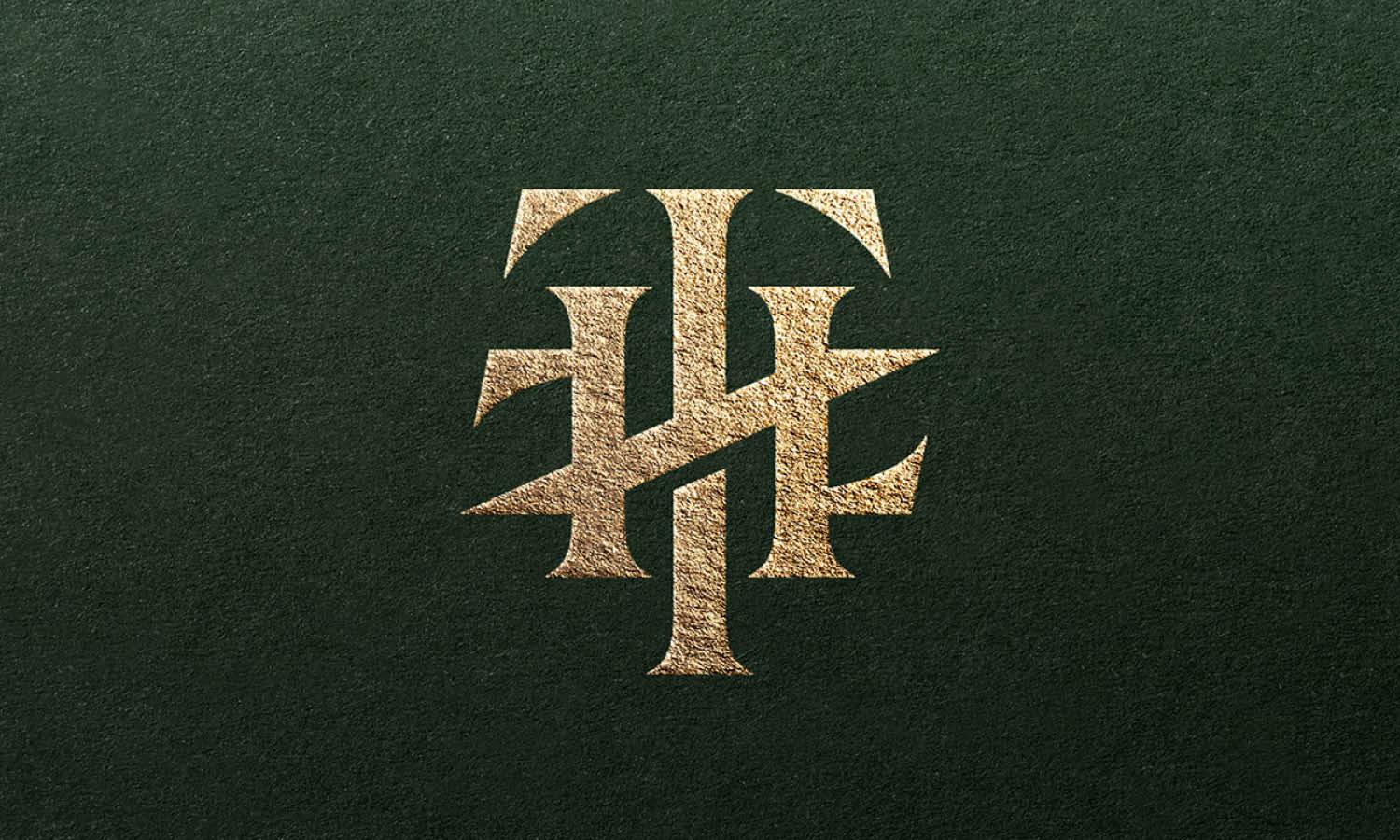

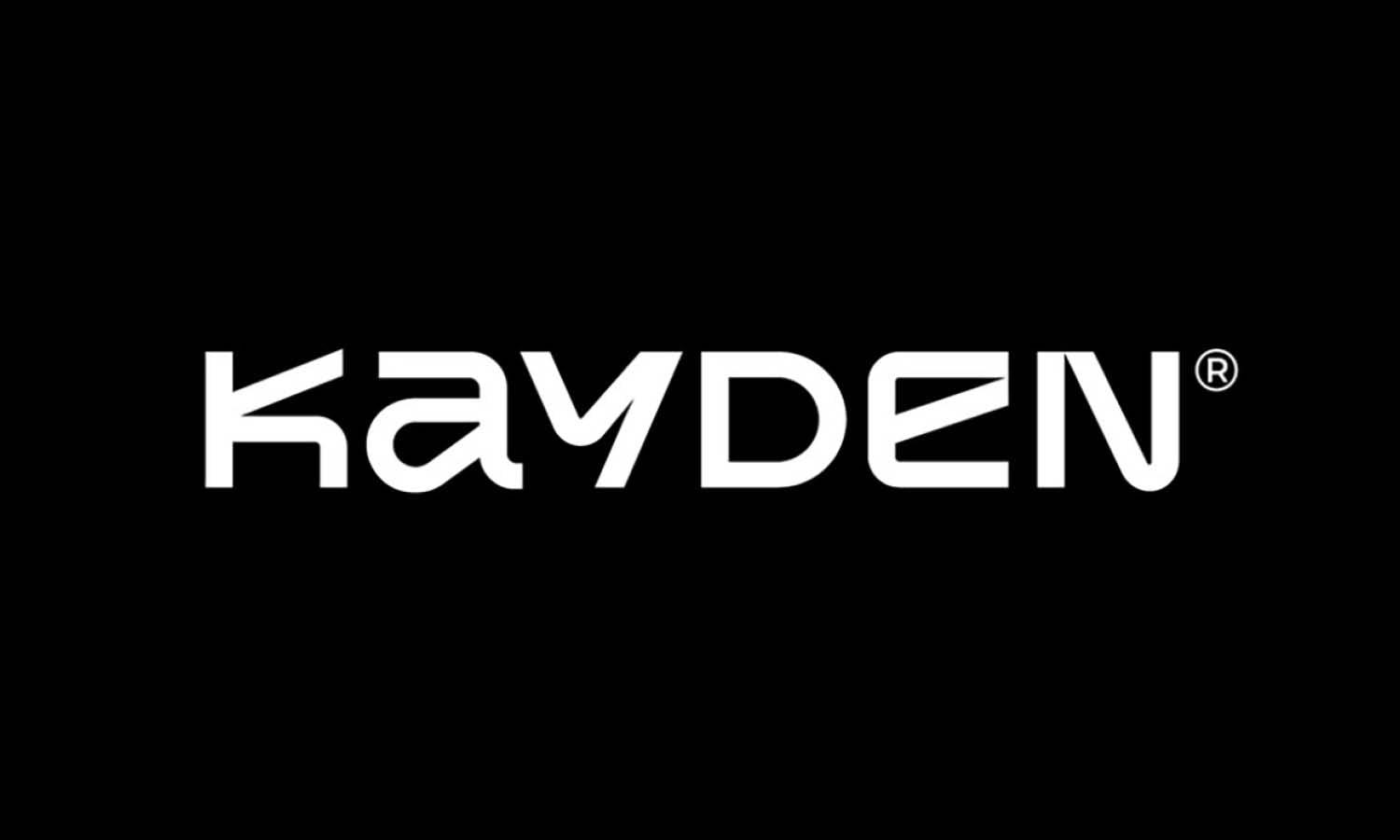
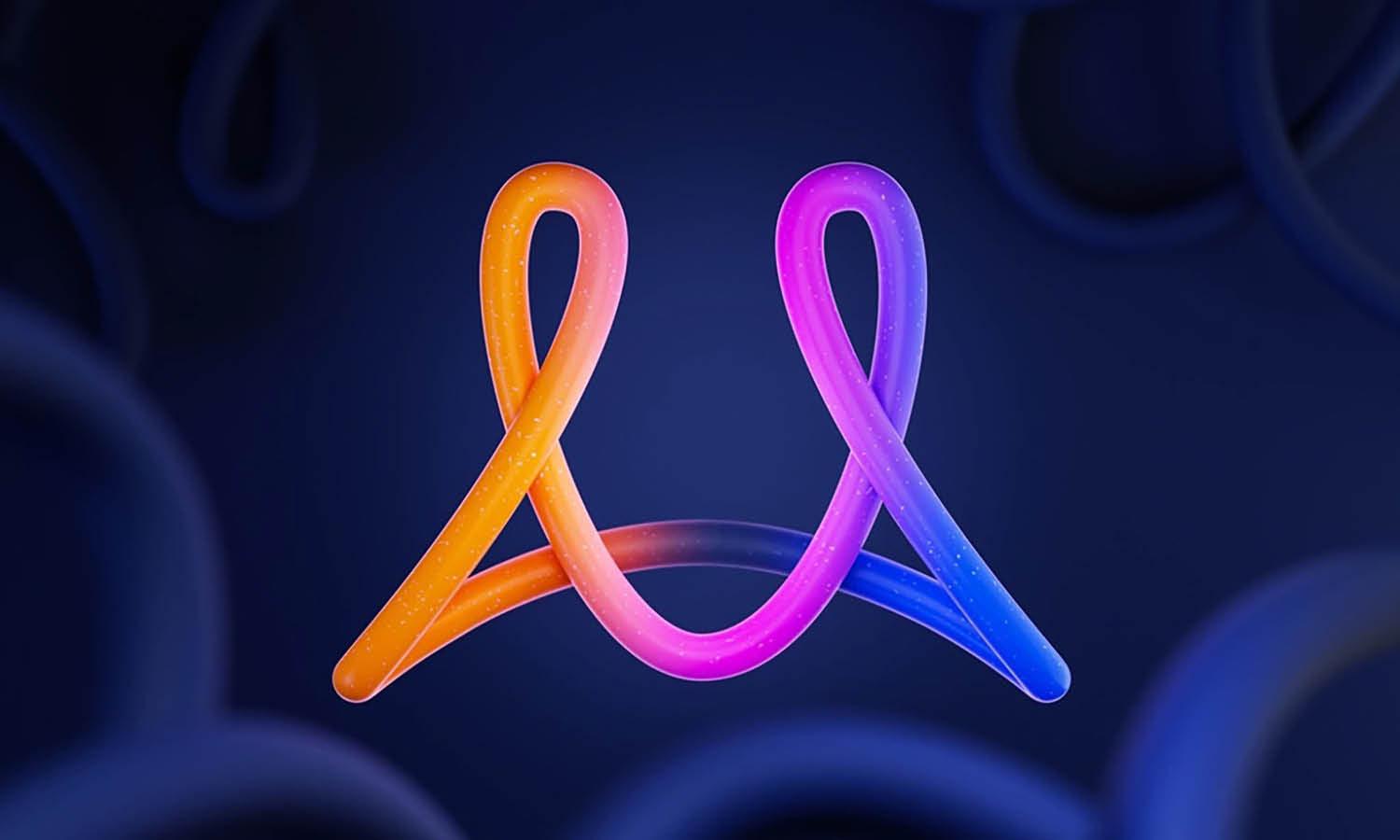
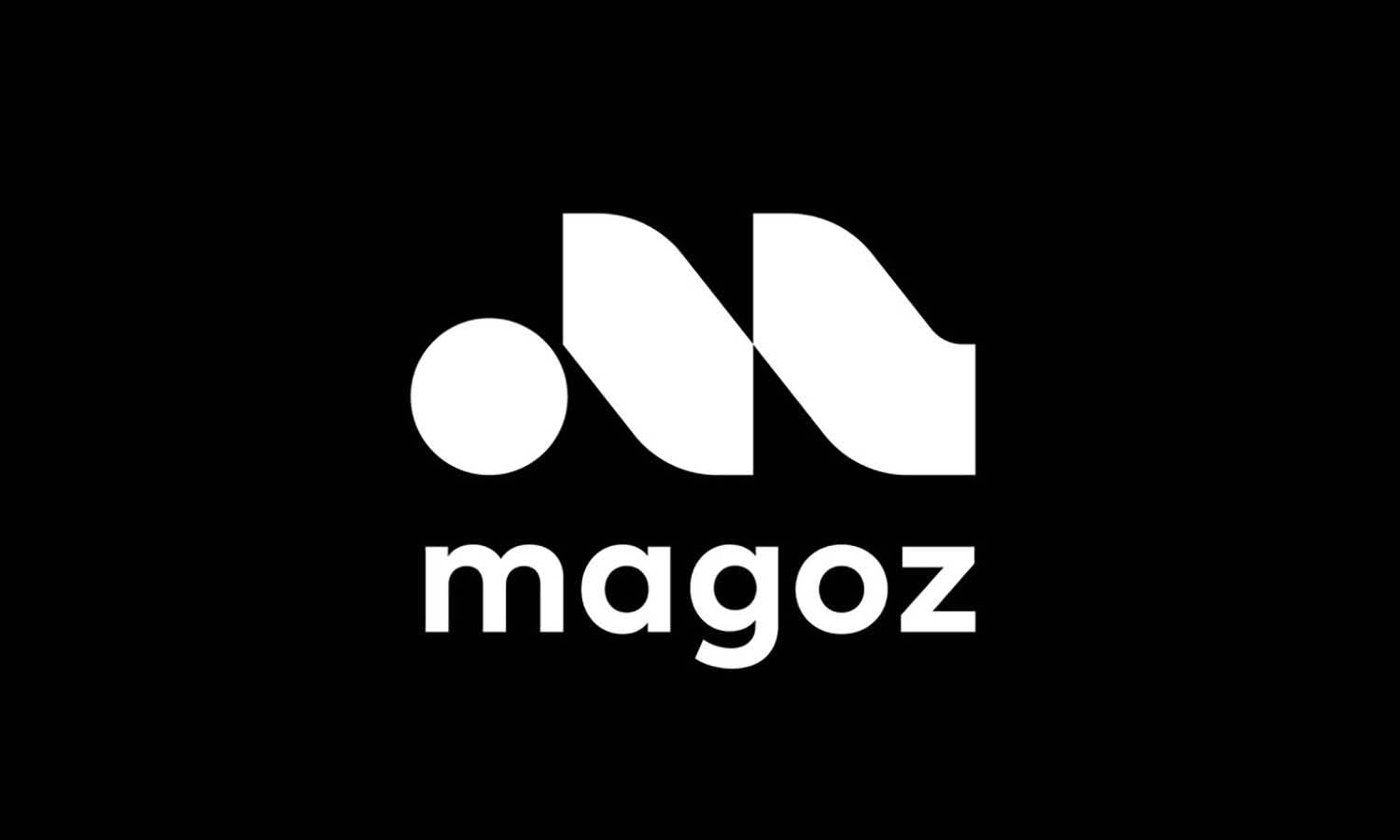
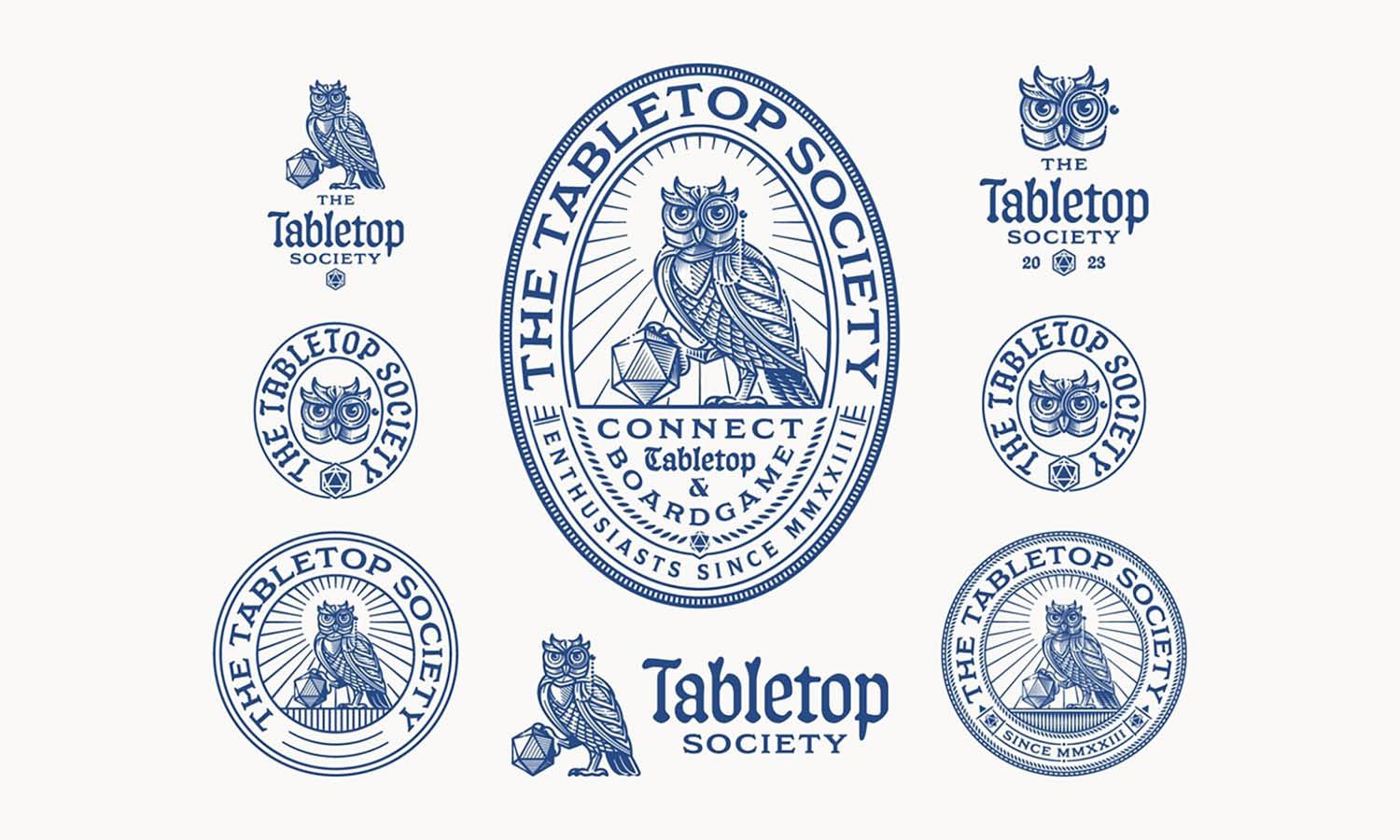
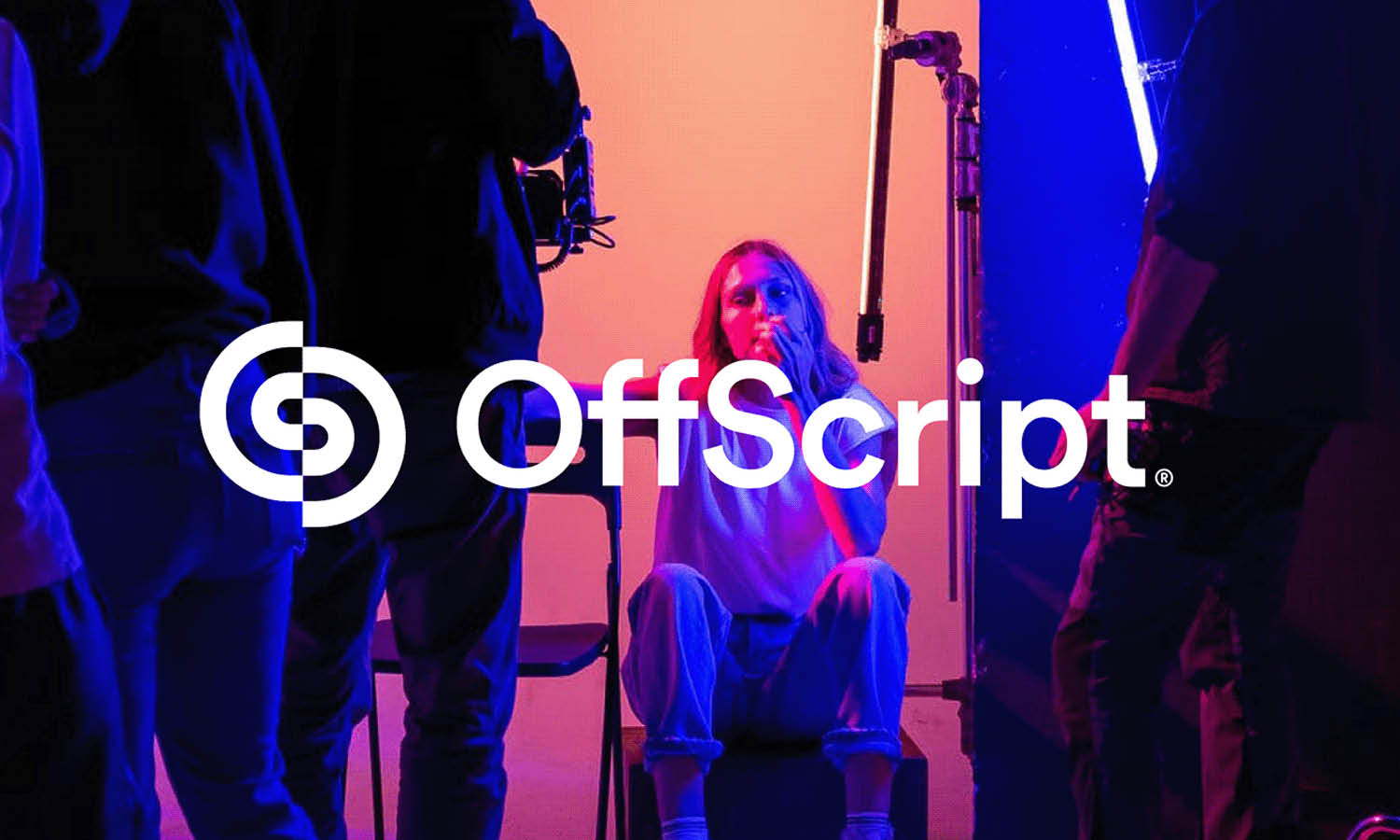
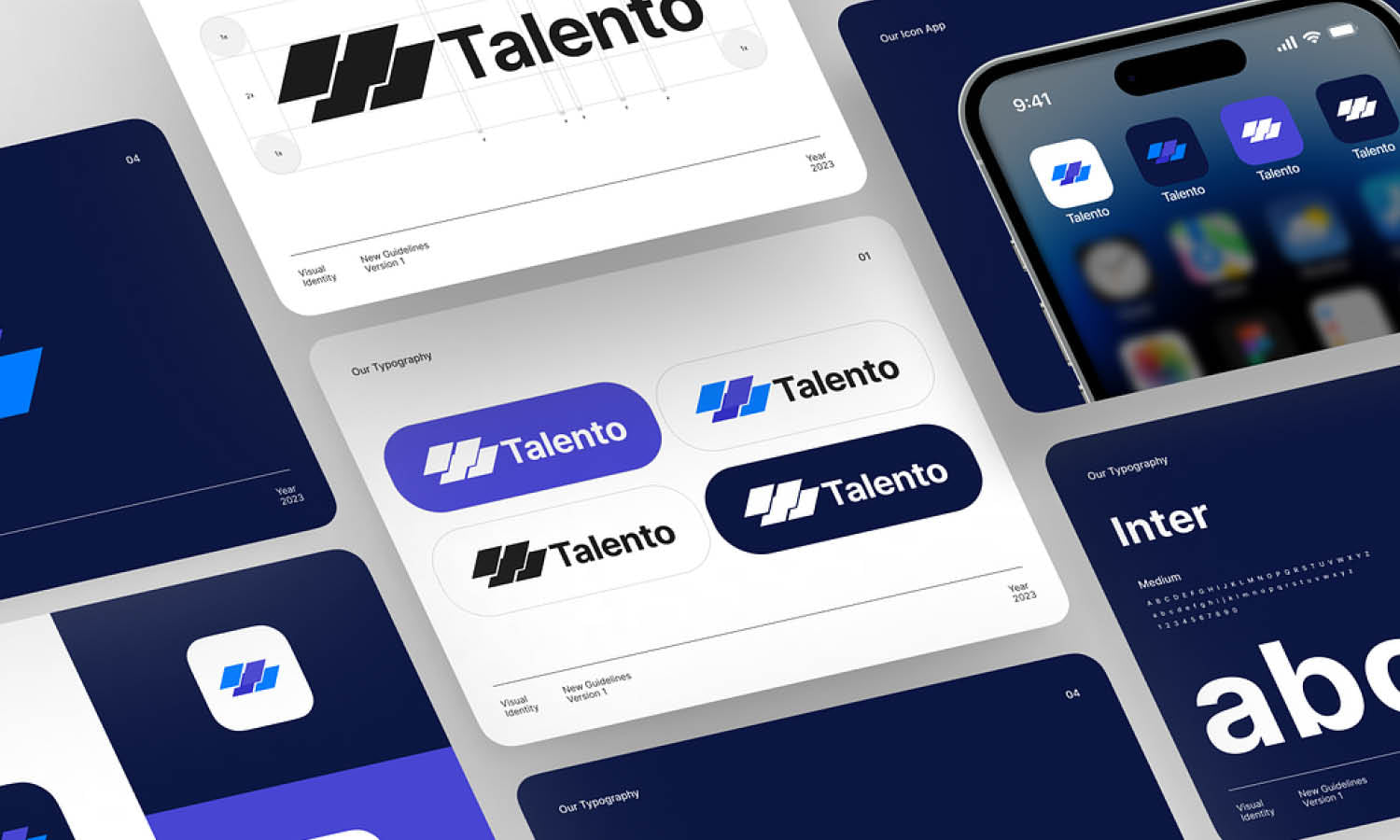







Leave a Comment